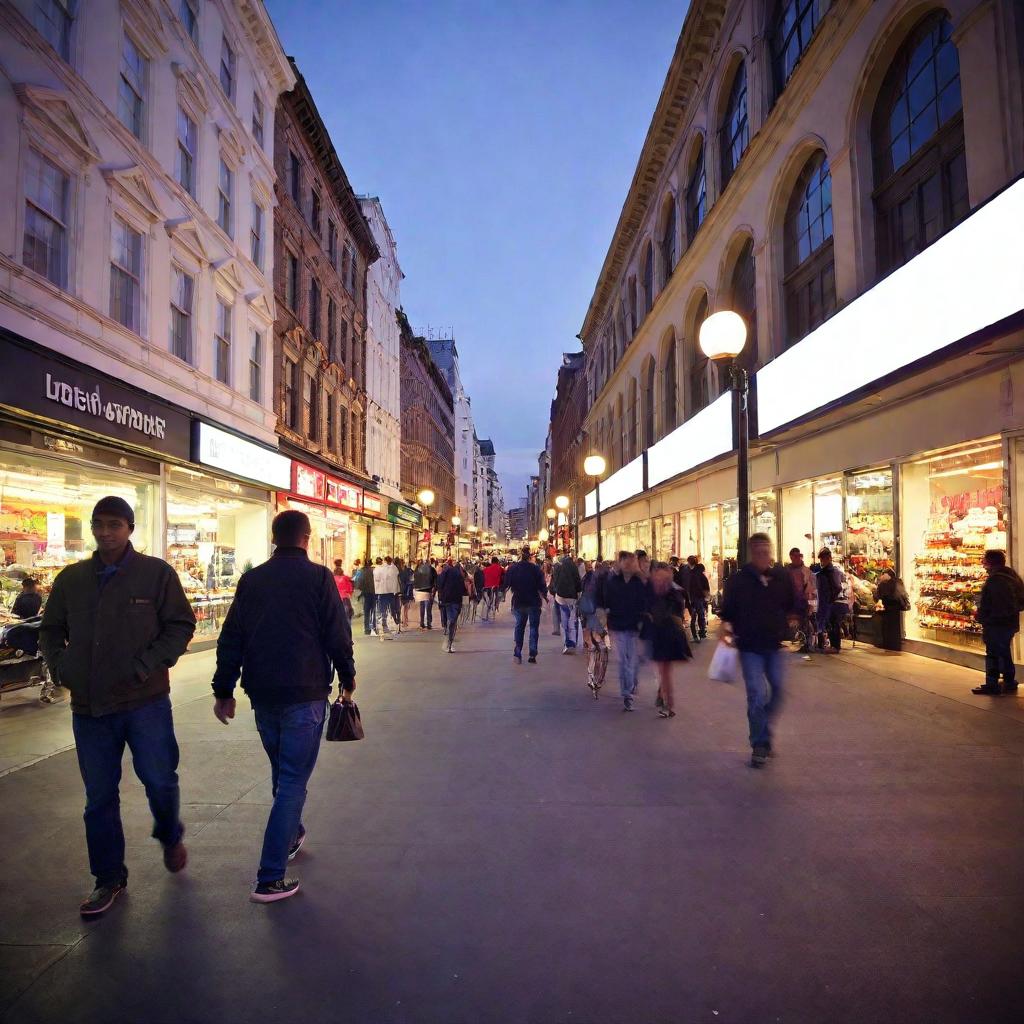Bridging Realities: The Intersection of Augmented Reality and Artificial Intelligence

-
22/12/2024
Imagine a world where the boundary between the digital and physical realms seamlessly blurs, enhancing our perception and interaction with reality. Augmented Reality (AR) combined with Artificial Intelligence (AI) is leading this transformation, creating new dimensions in how we experience our environment.
Augmented Reality uses technology to overlay digital information onto the real world, enriching our perception. From enhancing shopping experiences with virtual fitting rooms to revolutionizing education with interactive learning materials, AR is increasingly becoming part of our daily lives.
When integrated with AI, AR becomes significantly more powerful and intuitive. AI's ability to process massive amounts of data quickly and learn from it enables AR applications to offer personalized and real-time experiences.
- Personalized Shopping Experiences: AI-driven AR apps can analyze user preferences and past shopping behaviors to suggest products and offer personalized virtual try-ons. For instance, furniture companies use AR to allow customers to visualize furniture pieces in their homes before making a purchase.
- Enhanced Training and Education: In educational settings, AI-powered AR tools can adapt to each student's learning pace, offering customized content and immersive learning experiences. This creates a more engaging and effective learning environment.
- Efficient Workforce Solutions: In industries like manufacturing and healthcare, AR combined with AI can guide workers through complex tasks by overlaying information and instructions on their field of view, improving accuracy and reducing training times.
These real-world applications exemplify how AI and AR can make everyday activities more efficient, enjoyable, and personalized. But the implications go beyond convenience; they represent a shift towards more immersive and intelligent interactions with the world around us.
As developers continue to innovate at the intersection of AR and AI, the potential for new applications is vast. Consider healthcare, where surgeons can use AR glasses during procedures for real-time data and analysis, or urban planning, where AR can visualize proposed infrastructure projects in their intended locations.
Crucial to this evolution is ensuring that these technologies are accessible and beneficial to everyone, not just the tech-savvy elite. As the landscape grows, companies like MPL.AI focus on delivering trustworthy and inclusive solutions, ensuring AI and AR improve lives broadly.
In conclusion, the synergy of AI and AR holds exciting prospects. As we witness more groundbreaking applications, the future appears brighter and more connected, inviting us to explore fresh possibilities that seamlessly integrate the digital with the tangible.
